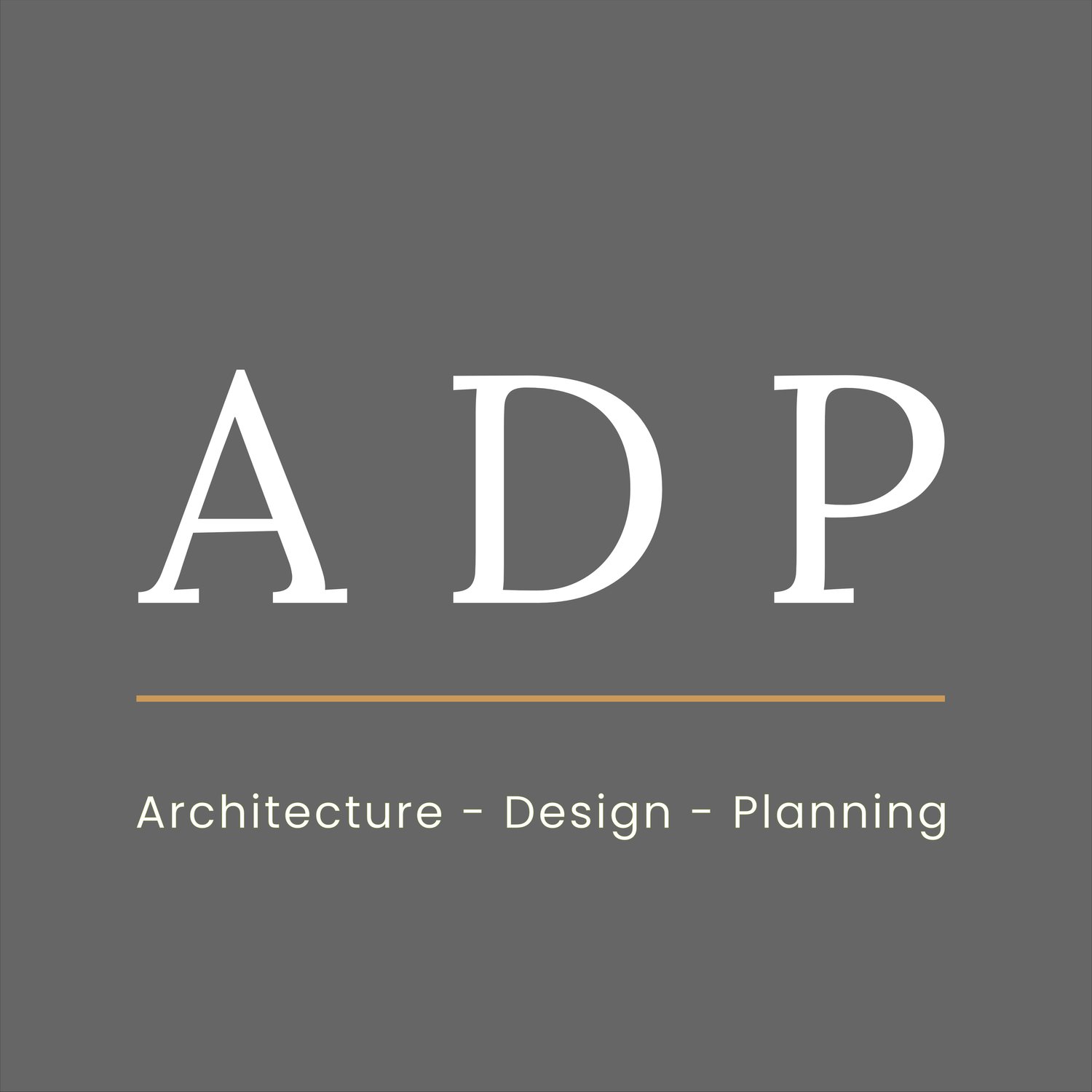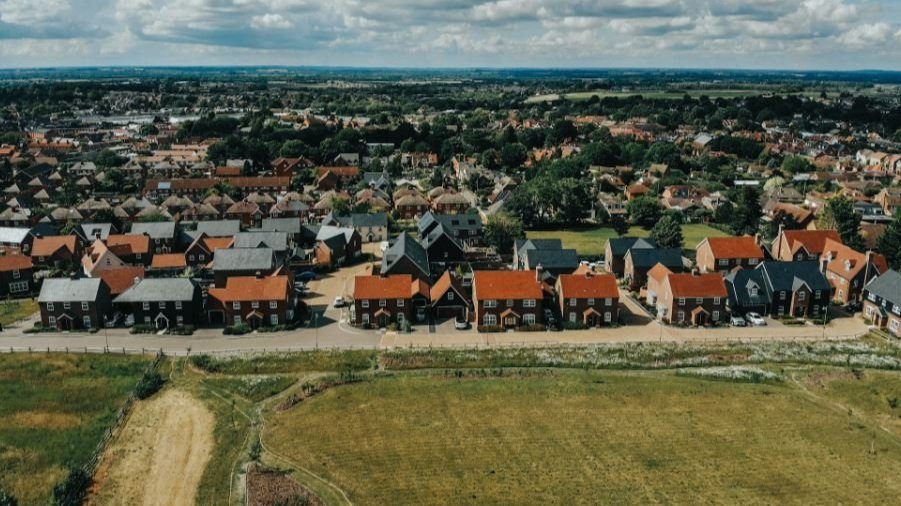Expert Planning Objection Letter Services: Your Key to Success
In the realm of planning objections, a meticulously crafted objection letter holds immense value for local residents and third parties.
This guide explains the critical components of a potent planning objection letter, offering invaluable insights into the objection process.
Navigating the Planning Process
Crafting a compelling objection letter necessitates a profound understanding of the planning process.
Decisions on planning applications and appeals hinge on the development plan and material planning considerations.
Your objections should seamlessly align with:
Material planning considerations
Relevance to the proposed development
Support from development plan policies
Consistency with national planning policy
Substantiation with evidence and objective analysis
Tailoring to Material Planning Considerations
Material planning considerations span a wide spectrum, encompassing the character of the local area, residential amenities, environment, ecology, and more.
Tailoring objections to the specifics of the development proposal ensures maximum relevance.
Certain aspects, such as the impact on property values or loss of a view, are not planning matters, rendering objections on these grounds ineffective.
Significance of Planning Policy
The role of planning policy in the objection process cannot be overstated.
Operating on a plan-led approach, the planning system relies on the development plan, which includes statutory planning policy documents, such as Local Plans or Neighbourhood Plans, to guide planning decisions.
Councils may also have other supplementary planning documents, such as design guides, that they may refer to in their decision making.
Local policies must harmonise with national policies, and in instances where the development plan is outdated, national planning policy takes precedence.
Demonstrating Planning Harm
Strengthening objections requires a focus on effectively demonstrating harm resulting from the proposal.
Vague, generic objections seldom yield success. Utilise specific evidence, such as locally adopted guidelines or analyses of local character, to articulate potential harm.
Frequently Asked Questions
Q1: How do I ensure timely submission of my objection letter?
Ensure timely submission with these steps:
Promptly review plans and documents.
Submit your objection letter within the specified timeframe.
Provide a copy to your local Councillor for increased visibility.
Q2: What elements should a well-crafted objection letter include?
A robust objection letter should:
Clearly articulate reasons for objection.
Align seamlessly with material planning considerations.
Be substantiated by compelling evidence.
Adhere to the guidelines set by the planning framework.
Q3: How can I maximise the impact of my objections?
To amplify the impact of your objections:
Seek professional planning advice.
Tailor objections to the unique aspects of the development.
Ensure consistency with planning policies.
Provide in-depth evidence of potential harm.
Professional Planning Consultancy Services
Navigating the intricate landscape of planning objections is a daunting task. Many individuals turn to professional planning consultants for expert representation.
Our services offer residents and third parties affordable access to professional planning representation, ensuring objections garner the attention they rightfully deserve.
To find out how we can assist you, contact us at mail@adpltd.co.uk or use the form below.



